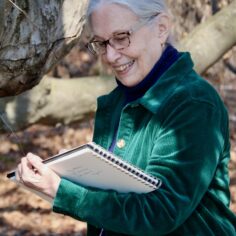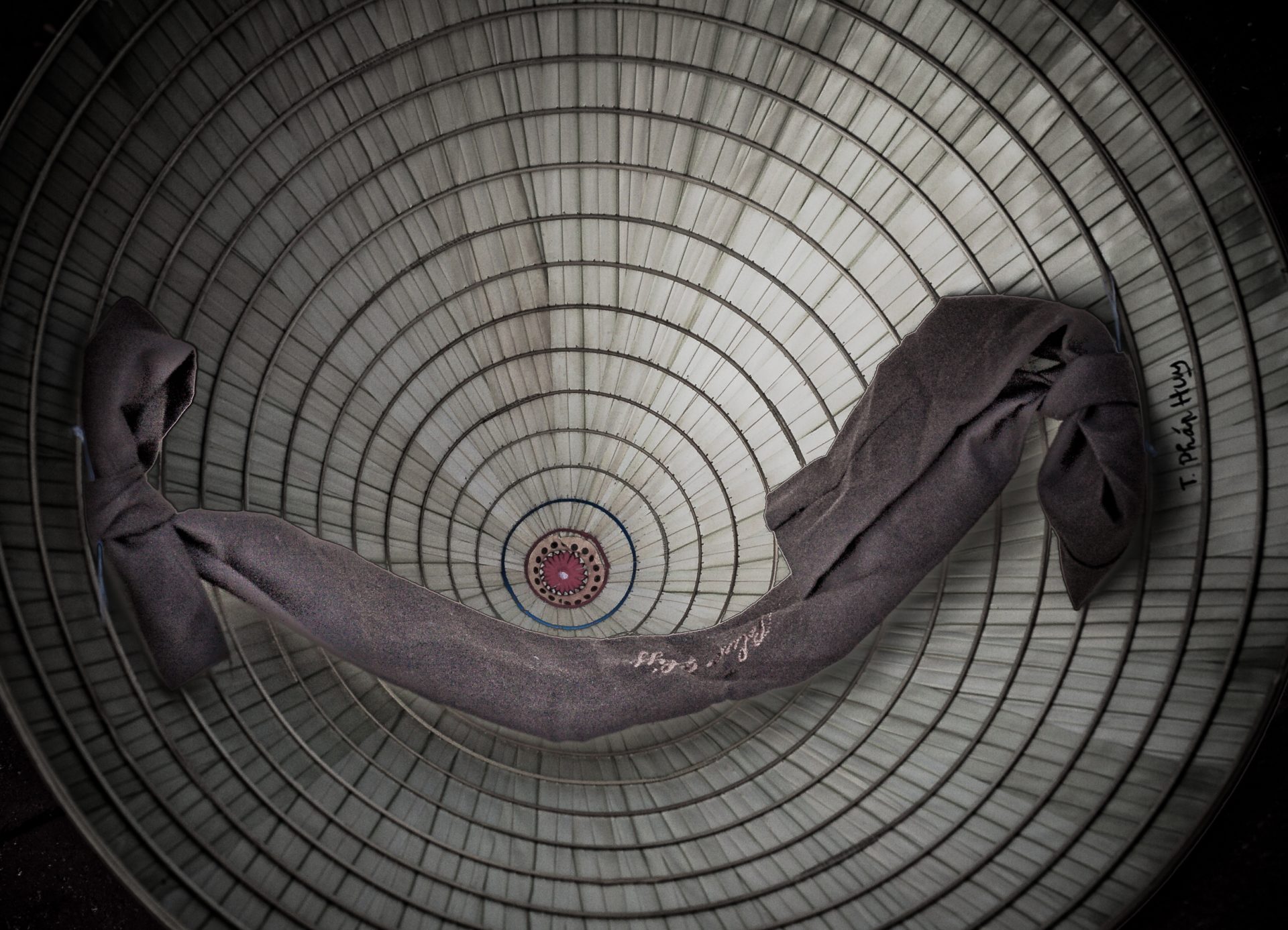By Starr Regan DiCiurcio in February 2010

Volunteering for Hospice brings a wealth of deep experiences, including opportunities for practice. Two years ago I was asked to visit Mary, who was dying of bone cancer and suffering from dementia. She lived with her daughter and son-in-law in a quiet, small village home, and her family needed support.
Before each visit, I sat in the car and did metta meditation for myself,
By Starr Regan DiCiurcio in February 2010

Volunteering for Hospice brings a wealth of deep experiences, including opportunities for practice. Two years ago I was asked to visit Mary, who was dying of bone cancer and suffering from dementia. She lived with her daughter and son-in-law in a quiet, small village home, and her family needed support.
Before each visit, I sat in the car and did metta meditation for myself, Mary, those caring for Mary, and all beings. With peaceful steps, I walked to the house and introduced myself.
Mary was a charming woman with great stories of her family and travels. She was intelligent and asked insightful questions about my life and work. But then, on most visits, she would get lost in her own mind. Her dementia was a torment. When she felt it coming on, she would often realize what was happening and comment on losing her mind. As it progressed, she would become fearful of strangers breaking into the house and would weep over the death of her very alive daughter. This was heartbreaking to witness. Although her physical pain was well under control, her mind was far from it. Together we took deep breaths and held hands. This was never quite enough to bring her back to the room.
Her family told me that she used to practice as a Catholic, my root tradition. They thought she might like me to pray with her, but didn’t think she knew a lot of prayers herself. When asked, they told me she hadn’t said a rosary in years. I asked permission to give it a try. With little confidence, they agreed.
First I had to find a rosary, which I did—buried in my bedside table. My parents had had it blessed for me by Pope Pius XII and I’d never had the heart to part with it. Now was its time to shine! Then I had to find a prayer book that covered the rosary, since I was more than rusty. One of these was also waiting on a bookshelf. Things were coming together for my experiment.
As an interfaith minister, it is my work to find bridges between faith experiences. I thought the rosary was quite similar to the mala. In our tradition, to the best of my knowledge, the mala beads are used by monks to follow their breath. Our practice centers on the breath, and I wanted to find a way to bring this to Mary in a manner that she could understand and apply without introducing a Buddhist concept.
In time we were able to effectively use the breath to ease her suffering, with her rosary beads as a sustaining guide. It was like a miracle to see her agitation settling down and calm taking root. But it wasn’t a miracle at all. It was solid practice beyond the terminology and labels of traditions. As Mary took her prayer beads, we paused and followed our breath. In, out. After each short prayer, so familiar and comfortable to her, we took another breath. In, out. Steadying. Integrating. Mary found her way back to her true self.

When Mary transitioned, I felt a real loss. But in the last months of her life she was able to be more present and more peaceful thanks to the practice of mindfulness, the practice she never knew by name. It was the gift of my own practice, that I could share it and pass it along. Why else are we alive?


